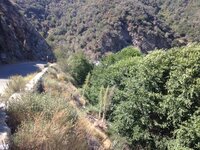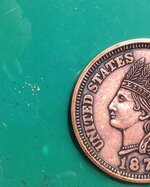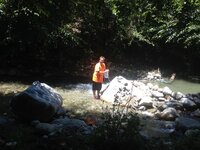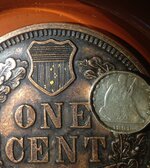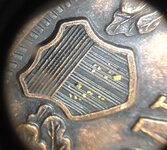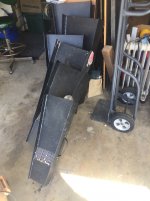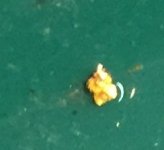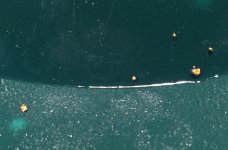Goldog — You are exactly correct in several points. Both trap depth and weight of material creates limits on the effectiveness of fluidization. Yes the force of the stream is quite limited and the differential in height (mere inches) does not add any measurable change.
I have to correct you on one point — Adding a diverter strip actually hurts the system. What you have done by adding a diverter is reduce the orifice size which increases the water velocity. Adding a large diverter just increases the problem.
The answer to your question “where does the fine gold go?” has two sides.
First, there is an ever increasing velocity in a sluice with your shape because you are continually decreasing the sluice width dimension (narrower). Stream velocity of 1 ft/sec (which are fairly normal conditions) can easily suspend and move a 30 mesh piece of gold not even taking into account water viscosity (i.e. muddy or highly mineralized water) or material in flow. If you are not doing anything to slow the water/particle velocity it just goes out the other end of the sluice. Yes particle shape also has an effect.
Second, having a trap that operates at full capacity doesn’t leave anywhere for the incoming material to drop. A full trap creates a “flow-through” characteristic — It is easier for the material to just continue on its straight course. Gold in the incoming material that hits the trap bed early has a high probability of being captured and retained. Gold pushed further into the trap bed and closer to the trap exit is much less likely to be captured. This is not gold particle size specific. Again unaltered water/material velocity doesn’t help.
For reference, here is how I came up with 30 mesh:
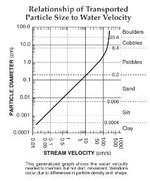
.25 cm rock particle = 2.5mm
1 foot / second = 30.48 centimeters / second
Set rock particle density at 2. Non-Pure gold set at 9 times more dense
2.5 mm / 9 = ~ .277 mm or about 25-30 mesh if velocity is not reduced.
I have to correct you on one point — Adding a diverter strip actually hurts the system. What you have done by adding a diverter is reduce the orifice size which increases the water velocity. Adding a large diverter just increases the problem.
The answer to your question “where does the fine gold go?” has two sides.
First, there is an ever increasing velocity in a sluice with your shape because you are continually decreasing the sluice width dimension (narrower). Stream velocity of 1 ft/sec (which are fairly normal conditions) can easily suspend and move a 30 mesh piece of gold not even taking into account water viscosity (i.e. muddy or highly mineralized water) or material in flow. If you are not doing anything to slow the water/particle velocity it just goes out the other end of the sluice. Yes particle shape also has an effect.
Second, having a trap that operates at full capacity doesn’t leave anywhere for the incoming material to drop. A full trap creates a “flow-through” characteristic — It is easier for the material to just continue on its straight course. Gold in the incoming material that hits the trap bed early has a high probability of being captured and retained. Gold pushed further into the trap bed and closer to the trap exit is much less likely to be captured. This is not gold particle size specific. Again unaltered water/material velocity doesn’t help.
For reference, here is how I came up with 30 mesh:

.25 cm rock particle = 2.5mm
1 foot / second = 30.48 centimeters / second
Set rock particle density at 2. Non-Pure gold set at 9 times more dense
2.5 mm / 9 = ~ .277 mm or about 25-30 mesh if velocity is not reduced.
Amazon Forum Fav 👍
Last edited:


